2014 Trek Slash 9 27.5
(discontinued)
| Where To Buy | |||
|---|---|---|---|
Free standard shipping on all bikes (continental U.S. only).
Flat rate shipping to Hawaii and Alaska. |
Free standard shipping on all bikes (continental U.S. only).
Flat rate shipping to Hawaii and Alaska. $31.99
|
||
Trek Slash 27.5 Rocker Link
$229.99
|
|||
Slash 8 Gen 6
$4,399.99
|
|||
Slash C Gen 6 Frameset
$3,899.99
|
|||
Slash 9.8 XT Gen 6
$7,399.99
|
|||
Slash 9.9 XTR Gen 6
$9,599.99
|
|||
Slash 9 GX AXS T-Type Gen 6
$5,799.99
|
|||
Slash 9.9 XX AXS T-Type Gen 6
$11,500.00
|
|||
Slash 9.9 X0 AXS T-Type Gen 6
$9,399.99
|
|||
Slash 9.8 GX AXS T-Type Gen 6
$7,999.99
|
|||
Slash AL Gen 6 Frameset
$2,699.99
|
|||
Free shipping on orders over $50 (continental U.S. only).
International shipping available. Some exclusions apply. |
|||
Free shipping on orders over $50 (continental U.S. only).
International shipping available. Some exclusions apply. |
|||
Reviewed by Brandon Turman // Photos by Shawn Spomer, Lear Miller and Brandon Turman
Originally introduced as a replacement to the Trek Scratch Air in 2012, the Slash was born from the desire for a ride that descended like a downhill bike but pedaled up like the well-regarded Remedy. It boasted 160mm of travel, slack geometry, and the ability to plough through pretty much anything. Fast forward to 2014 and the bike has been redesigned from the ground up around the 27.5-inch wheel size. As we soon found out during our 2014 Test Sessions, Trek had much more in mind with their redesign than just the wheels. The new Slash is sleeker, lighter, and somehow more aggressive than ever before, but is the all-around performance better?

Slash 9 27.5 Highlights
- Alpha Platinum aluminum frame
- 27.5-inch (650b) wheels
- 160mm (6.3-inches) of travel
- FOX Float CTD with DRCV rear shock
- E2 tapered headtube
- 65 or 65.6-degree adjustable head angle
- 66.5 or 67.1-degree adjustable seat tube angle (actual)
- 350 or 358mm (13.8 or 14.1-inch) adjustable bottom bracket height
- 435 or 433mm (17.1 or 17.0-inch) chainstay length
- Press Fit bottom bracket
- 142x12mm thru-axle
- Measured weight (size 18.5, no pedals): 28-pounds 12-ounces (13.04kg)
- $5,769.99 MSRP as tested
Just like the prior version, the bike features a Mino Link geometry adjustment system in the seat stay. In the “high” position the bike has an impressively slack 65.6-degree headtube angle and 14.1-inch bottom bracket height. Flipping the chip to the “low” position brings the head angle down to 65-degrees and lowers the bb height to 13.8-inches. To put that into perspective, it’s a full degree slacker than the previous Slash.
Out back, the Slash relies on Trek's proven Full Floater suspension design coupled with a magnesium EVO link and Active Braking Pivot (ABP) centered on the 142x12mm rear axle. For 2014 the bike sees changes to the suspension that retain the progressive leverage curve but gain an improved anti-squat curve for better pedaling efficiency. Trek’s two-chamber Dual Rate Control Valve (DRCV) shock uses an internal plunger to cycle between two chambers, combining the pedaling benefits of a low volume shock and the big hit cushion of a high volume one. Unfortunately the bike uses a proprietary shock size, so swapping it out isn’t as easy as one would hope. While many Trek bikes incorporate a DRCV system into the fork as well, the Slash uses a standard 160mm 2014 FOX Talas CTD fork.

Additional frame features include a tapered headtube, press fit bottom bracket, ISCG tabs, disc brake post mounts, direct front derailleur mount, ample mud clearance with the stock 2.35-inch tires, room for a water bottle inside the front triangle, and a replaceable chainstay guard. Internal routing for the rear derailleur, front derailleur, and seatpost add to the clean look, although they can be a hassle when it comes time to do maintenance.
If you often find yourself between sizes, you’ll be pleased to know that Trek offers the bike in five sizes instead of just three or four. Even with several component improvements from the previous model year, the $5,769.99 price was maintained on the top-of-the-line Slash 9. The Slash 8 is available for $4,499.99 and Slash 7 for $3,669.99.
On The Trail
The Slash found its way into our hands a few months prior to the start of our annual Test Sessions event in Sedona, Arizona. Rather than wait to ride it, we used the bike to scout the area for the best trails, covering nearly every inch of Sedona’s varied singletrack. It also saw use on jump trails near San Diego, the steeps of Laguna Beach, and some rocky fun in Phoenix. All told we put a whopping 527 miles on the Slash over the course of 2.5 months.
The bike comes well-suited to our tastes with a 60mm stem and 750mm bars. At 5-foot 10-inches tall, we opted for the Size 18.5 frame with its 600mm effective top tube. The 447mm reach is noticeably longer than the previous Slash and 23mm longer than a comparably sized 2014 Remedy, but it’s a change that works well with a short stem and adds stability to the bike at speed.
By default we set up bikes with adjustable geometry in the low/slack mode, often preferring the setting for everyday use. The first few rides on Sedona’s punchy terrain proved to be a handful in the low setting, though, as we spiked cranks on rocks repeatedly and the front end wanted to flip-flop side-to-side on slow, techy climbs. This was the first time we've found a trail/all-mountain/enduro bike to be too slack. Of course the handling was incredible on the steep and fast descents, but for most rides many will find the low mode to be too much. We think that’s a good thing. More bikes should be this way. It’s nice to have something in the reserve tank for days when you know the trails are going to get extra steep, or perhaps when a few lift-assisted laps in the bike park are on the agenda. Switching to high mode the overall handling improved greatly with fewer crank spikes and a better all-around feel on most trails.

Pointed downhill the Slash’s aggressive nature really shines through. It’s a very confidence inspiring ride, and we had no qualms about hucking it into oblivion. Just pull back and hang on! The new wheel size really helps it get up and go, too, and the gains are especially noticeable though small chatter and rock sections. You can plough through stuff easier than before and maintain more speed. Combined with the coil-like performance of the rear end, holding wild lines and hopping from one side of the trail to the other was easy to do. Many super slack bikes tend to lose the precise and agile trait, but the Slash strikes a great balance of everything. It’s more playful than the previous version, in part due to the 2.25-pound weight loss.
It excels the most on rough trails versus tight bermy sections or lippy compressions and jumps. The bike manuals well without too much effort and the front end is easy to pick up into a wheelie when seated. Unlike the previous Slash, this new version can be casually ridden with good results, not requiring you to be fully on the gas all the time. It's a bit more forgiving and allows you to get away with sloppy lines. At no point did we ever feel in over our heads on this bike, which says volumes about the way it handles rough stuff.
The combo of Trek’s DRCV shock and Full Floater suspension creates a rear end that is very active and ready to absorb the smallest of bumps. Even with the downgrade from the Kashima-coated FOX shock found on last year’s Slash to the Performance Series for 2014, there’s no noticeable loss in small bump performance. We imagine this trade was made as a cost saving measure in order to keep the total price the same while spec’ing the bike with SRAM’s 1x11 X01 drivetrain.
The bike feels most balanced in FOX’s Descend mode up front and Trail mode in the back, which is the configuration we used 95% of the time. In Descend mode the rear end tends to use more travel faster, and feels almost too active compared to the fork. It did come in handy for long, chattery flat portions to give your bum a rest though. In Trail mode, rear suspension performance over all bump types feels very controlled and well-mannered. To add, the fork’s new CTD damper is a big improvement over the 2013 model, as is the Talas travel adjust system.

Pedaling along, the weight of the bike isn't nearly as noticeable as in the past, and rolling speed is pretty good with Bontrager's XR4 Team Issue tires. When you’re out of the saddle sprinting the bike responds more quickly than before, moving forward quite well at a higher cadence. There’s a decent amount of suspension movement while getting up to speed, but it doesn’t feel as though it’s robbing you of any power.
We previously cited the Slash’s climbing performance as an area that could be greatly improved, and the new model answers that complaint. It wants to get up and move now, which certainly took us by surprise given the old bike’s slightly brutish feel. While the actual seat angle is quite slack, a comparison of the effective top tube length and reach numbers suggests that the effective seat angle is quite steep, putting your body in good position for the ups. The bike exhibits great pedaling characteristics with the 32-tooth chainring and 1X drivetrain. Again, Trail mode on the rear shock was preferred at almost all times, giving it a little extra support needed to be a good pedaler while maintaining favorable traction. We did find the rear end to be a little bouncy feeling when cresting over quick pitches on techy climbs, sometimes throwing off our balance. Though the fork is easily adjustable to 130mm of travel, we never really felt the need to switch from the fully extended 160mm mode while ascending. The Talas feature could come in handy in the low/slack geometry mode provided you can deal with a super low bottom bracket.
Build Kit
The Slash 9 uses a smart mix of FOX, Avid, SRAM, RockShox, and Bontrager components that contribute positively to the ride experience.
As mentioned before, Bontrager’s Rhythm Pro cockpit is perfectly acceptable out of the box. The 15mm rise, 9x4-degree handlebars can feel a little odd at first, but you quickly get accustomed to them once on the trail. Combined with a short head tube, most riders will require the use of a spacer or two under the stem to get the bars to a comfortable height.

We previously reviewed Bontrager’s XR4 Team Issue tires and found them to be good in most conditions. Once again, they offered sufficient braking and cornering traction at a reasonable weight. Puncture resistance while running tubes was quite poor, however, leading us to convert the bike to a ghetto tubeless setup. After 500+ miles of use the rear tire is definitely in need of replacement, but the side knobs have remained in good enough shape to still dig into the soil.
The Bontrager Rhythm Comp wheels took a beating throughout this test, but that’s to be expected when you’re on a bike that can throw down like the Slash. After three weeks of use the rear wheel developed a pretty good wobble and a few decent dents. Most could be taken out in the truing stand, however. Bontrager’s TLR rim strips weren't included, but our ghetto tubeless setup worked well with the rim profile.
Braking duties were handled admirably by Avid’s X0 Trail brakes, never acting up or fading during the course of our test. The lever is cleanly integrated with the RockShox Reverb Stealth remote lever, helping to keep the bars as tidy as possible. In an ideal world we’d prefer to have the seatpost remote lever on the underside of the brake for easier access on the fly.
As we’ve said time and time again, SRAM’s 1x11 drivetrain performed very well. It’s simple, quiet and clean. With a 32-tooth chainring up front we never felt under- or over-geared thanks to the wide spread of the 10 to 42-tooth cassette. Toward the end of the test period we had our one and only dropped chain while hucking to flat off a small ledge. Note that production bikes come equipped with the aluminum X01 crankset, not the carbon XX1 cranks see on our test bike. We’ve found both to be reliable. Do keep an eye on the rear derailleur bolt though - due to the Type 2 clutch system it tends to loosen after a few hard rides, so consider adding a drop of LockTite to the threads.

Long Term Durability
Since we were able to ride this bike more than most in our Test Sessions, a handful of long term concerns presented themselves:
- The black-colored protective finish on the X01 cassette is deteriorating quicker than expected. Even so, the teeth still look okay and chain wear isn’t bad.
- Trek’s DRCV rear shock has developed a slight notch near the beginning of its stroke. This hasn’t been noticeable on the trail since you’re often sagged into the travel, but it’s concerning nonetheless and may need to be serviced/repaired.
- Several large paint chips are missing from the downtube and bottom bracket area where loose rocks struck the frame. The Slash previously had a downtube protector, but it appears to have been scrapped in favor of saving some weight.
- The lever on the 142x12mm axle protrudes quite far from the frame due to the ABP design. As a result it’s prone to rock strikes when squeezing through tight sections in the trail. The lever has sustained a few big hits and is showing some considerable wear.
Other than those items the bike has held up very well in wet and dusty conditions. The bearings in the linkage are still smooth and most of the components are no worse for wear. Trek does back the frame with a three year warranty should anything go wrong.

What's The Bottom Line?
To answer the question posed at the beginning of this review, yes, the new Trek Slash 9 is a far better all-around bike than its predecessor. What once was considered a capable big rig that was a chore to pedal is now a lighter, well-rounded ripper that can be motored to the top with the best of them. The introduction of the 27.5-inch wheel size, more aggressive geometry, and refined suspension make it more “ready for anything” than ever before. It's still a big bike, but we were impressed with its versatility during all 500+ miles we rode it. Those that love to charge the rough and steep bits without regard for personal safety will really appreciate what the Slash has to offer.
We have to wonder though, when is the carbon model coming? If Trek was waiting for confirmation that riders like the new Slash, here's ours. Sign us up.
For more details, visit www.trekbikes.com.
Bonus Gallery: 28 photos of the 2014 Trek Slash 9 27.5 up close and in action
About The Reviewer
Brandon Turman - Brandon likes to pop off the little bonus lines on the sides of the trail, get aggressive when he's in tune with a bike and talk tech. In 14 years of riding he worked his way through the Collegiate downhill ranks to the Pro level. Formerly a Mechanical Engineer, nowadays he's Vital MTB's resident product guy.

Specifications
| Where To Buy | |||
|---|---|---|---|
Free standard shipping on all bikes (continental U.S. only).
Flat rate shipping to Hawaii and Alaska. |
Free standard shipping on all bikes (continental U.S. only).
Flat rate shipping to Hawaii and Alaska. $31.99
|
||
Trek Slash 27.5 Rocker Link
$229.99
|
|||
Slash 8 Gen 6
$4,399.99
|
|||
Slash C Gen 6 Frameset
$3,899.99
|
|||
Slash 9.8 XT Gen 6
$7,399.99
|
|||
Slash 9.9 XTR Gen 6
$9,599.99
|
|||
Slash 9 GX AXS T-Type Gen 6
$5,799.99
|
|||
Slash 9.9 XX AXS T-Type Gen 6
$11,500.00
|
|||
Slash 9.9 X0 AXS T-Type Gen 6
$9,399.99
|
|||
Slash 9.8 GX AXS T-Type Gen 6
$7,999.99
|
|||
Slash AL Gen 6 Frameset
$2,699.99
|
|||
Free shipping on orders over $50 (continental U.S. only).
International shipping available. Some exclusions apply. |
|||
Free shipping on orders over $50 (continental U.S. only).
International shipping available. Some exclusions apply. |
|||





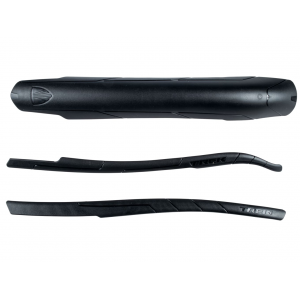
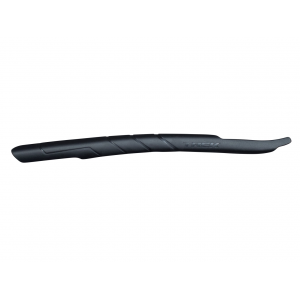

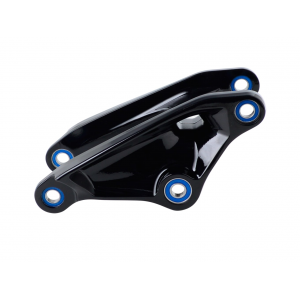
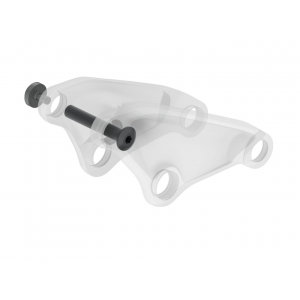
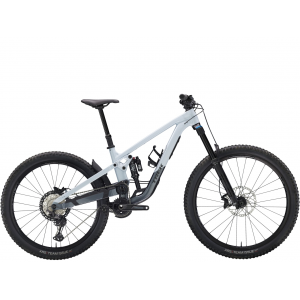
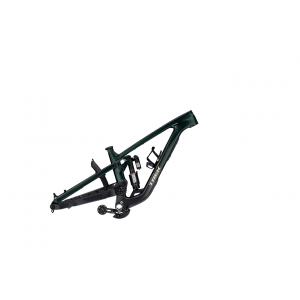

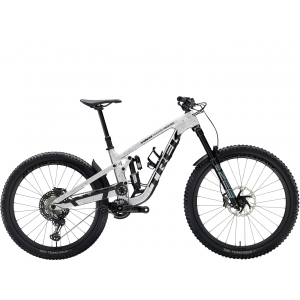
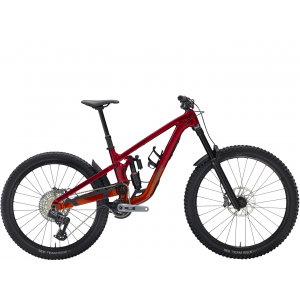
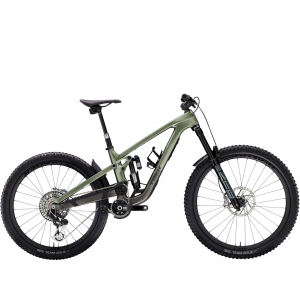
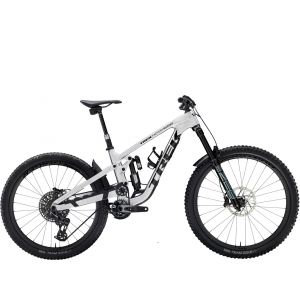
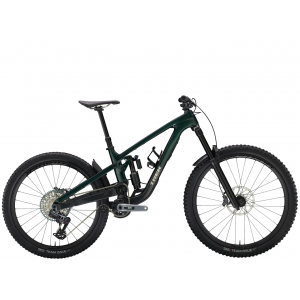
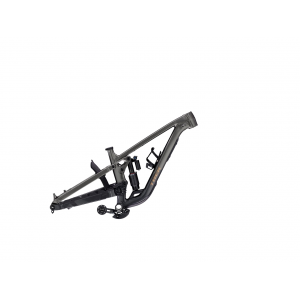




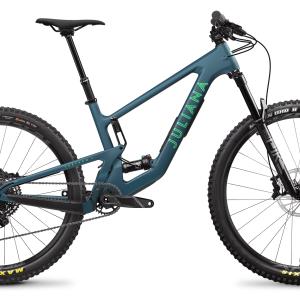
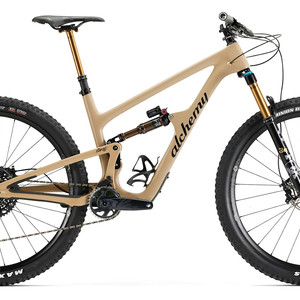
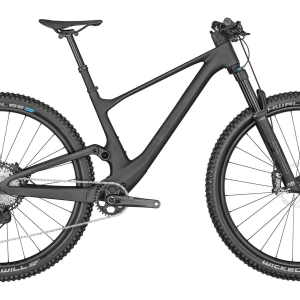
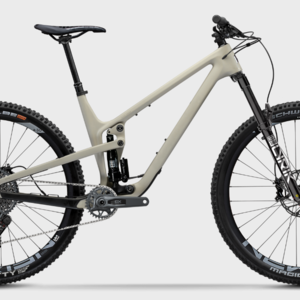

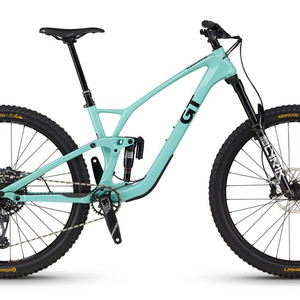







8 comments
Post a reply to: 2014 Test Sessions: Trek Slash 9 27.5